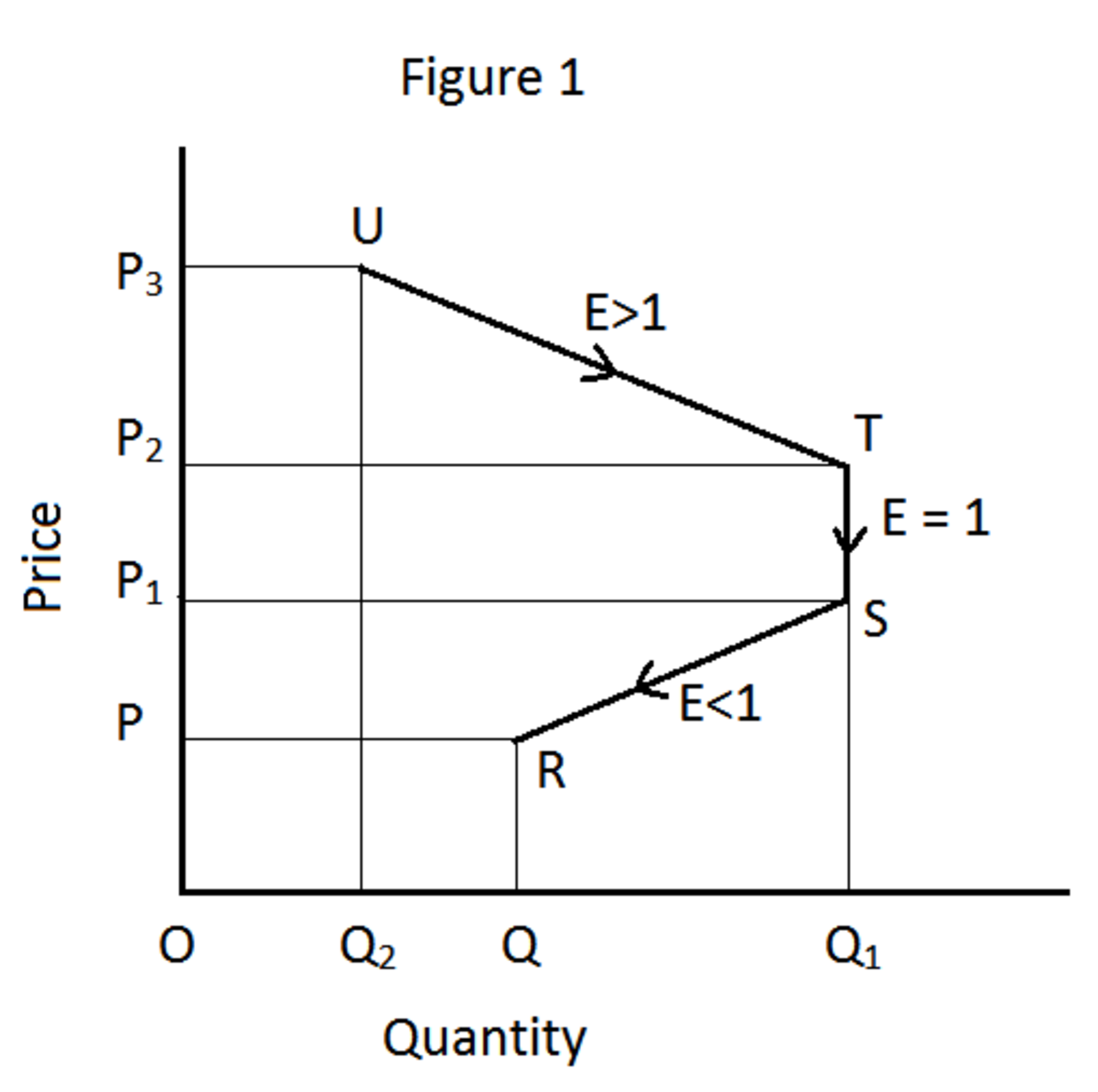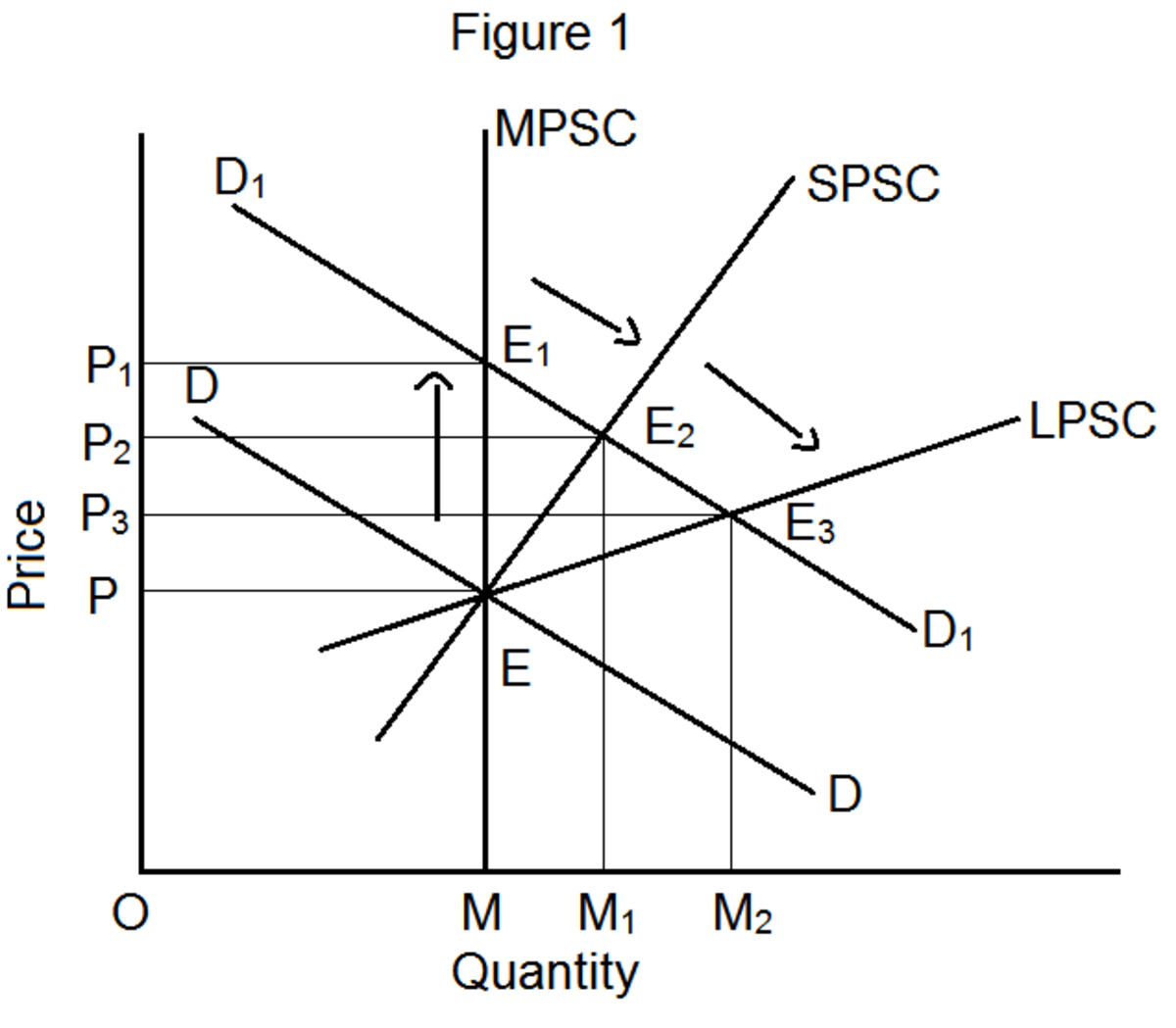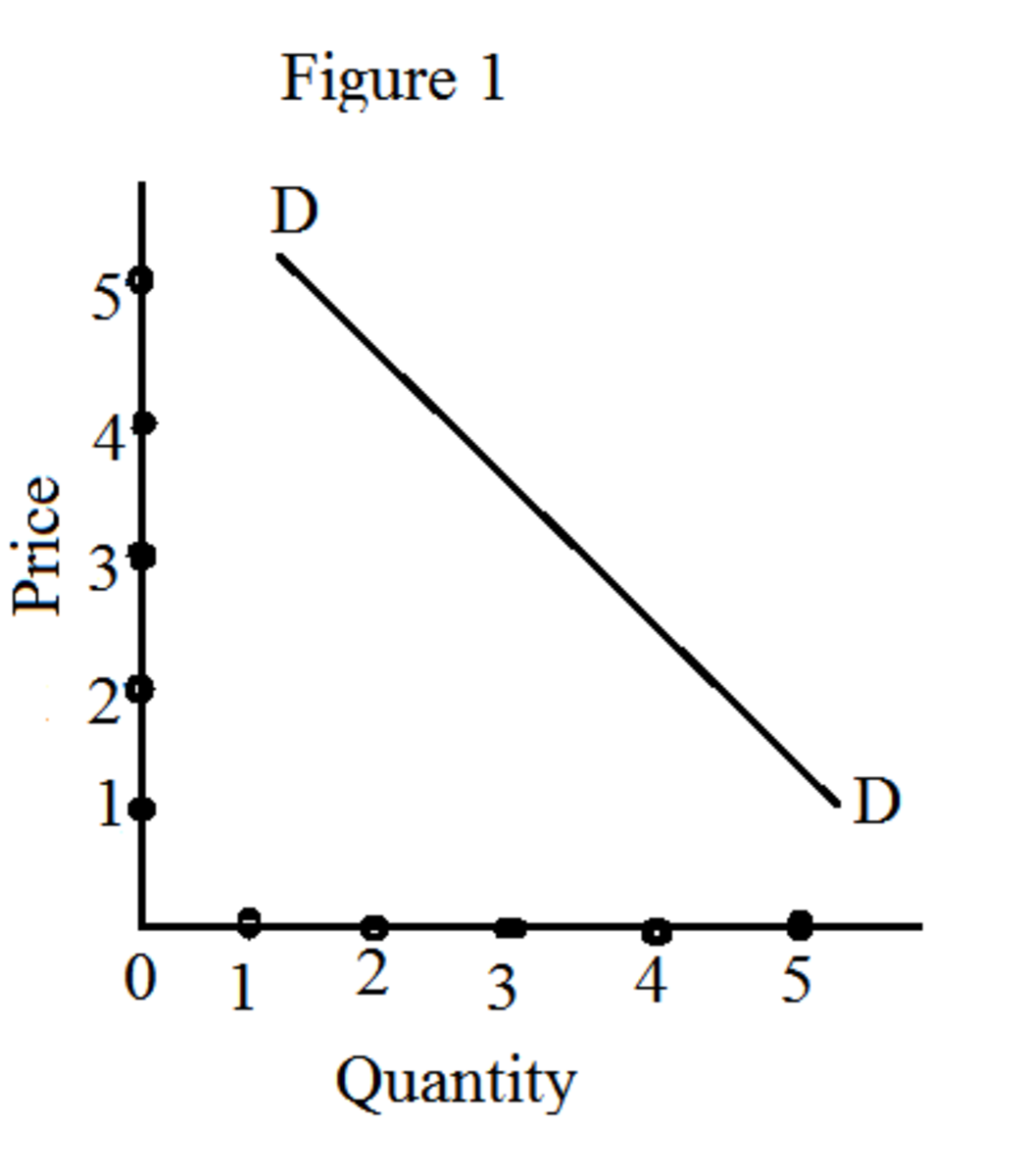CROSS ELASTICITY OF DEMAND (CROSS PRICE ELASTICITY OF DEMAND) AND HOW IT IS CALCULATED
When there is a change essentially, in the own price of a commodity; prices of related commodities; and consumer income, quantity demanded responds to these changes. Elasticity of demand is concerned with the degree to which quantity demanded responds to changes in these three factors in particular mentioned above. By means, elasticity of demand has three sub-concepts. These are price elasticity of demand, cross elasticity of demand, and income elasticity of demand. Price elasticity of demand has been explained in my previous article.
By definition, cross price elasticity of demand is the relative responsiveness of quantity demanded of a commodity to changes in the price of a related commodity. Cross elasticity tells us the effect on the quantity demanded of a good, say good i when the price of a related good, say good j is changed, taking goods i and j to be two related goods. It is measured by dividing the percentage change in quantity demanded of good i by the corresponding percentage change in the price of good j.
Cross elasticity may be positive or negative. I t is positive if a rise in the price of good j increases the quantity demanded of good i. Suppose good i is tea and good j is coffee. An increase in the price of coffee may raise the demand for tea. In this case the cross elasticity of tea with respect to coffee is positive. Cross elasticity tends to be positive when two goods are substitutes and negative when two goods are complements or complementary goods.
Taking commodities i and j to be the related commodities, cross elasticity of demand of good i with respect to good j is percentage change in Qi divided by the percentage change in Pj where Pjis price of good j and Qi is quantity demanded of good i. Therefore elasticity of demand of good i with respect to good j is:
Eij = (∆Qi/∆Pj)×(Pj1/Qi1).
Using the idea of arc elasticity, Eij = (∆Qi/∆Pj)×(Pj1 + Pj2)/(Qi1 + Qi2)
where Pj2 and Qi2 are new price for commodity j and new quantity demanded for commodity i respectively.
Qi1 and Pj1 is initial quantity of good i and initial price of good j respectively. ∆Qi and ∆Pj are change in quantity of good i and change in price of good j respectively
An example would clarify how cross elasticity is calculated. Given that quantity demanded of tea is 100 boxes when the price of coffee is $25 per box. Price of tea increases to $30 per bag and quantity demanded of tea increases to 150 boxes. Calculate the elasticity of demand.
It is important to note that the word cross elasticity is note mentioned in the example. The reader ought to note that once two commodities are involved, cross elasticity formula is to be used. Let tea be i and coffee be j. Then using the arc elasticity concept,
Eij = (150 – 100)/(30 – 25)×(25 + 30)/(100 + 150)
= 2.2.
The result shows that tea and coffee are related as substitutes, since the answer is positive. This means increase in the price of coffee leads to increase in quantity demanded of tea and vice versa.
Again, given that price of torchlight is $2.5 and quantity demanded of batteries is 10. Price of torchlight increases to $3.0 and quantity demanded of battery is fall to 8 (we are holding the other uses of battery constant). Calculate the elasticity of demand.
Similarly, let battery be i and torchlight be j then
Eij = (8 – 10)/ (3.0 – 2.5)×(2.5+3.0)/(8+10)
= -1.22.
This result shows that torchlight and battery are related as complements, since the result is negative. Increase in price of torchlight, leads to decrease in quantity demanded of battery.









